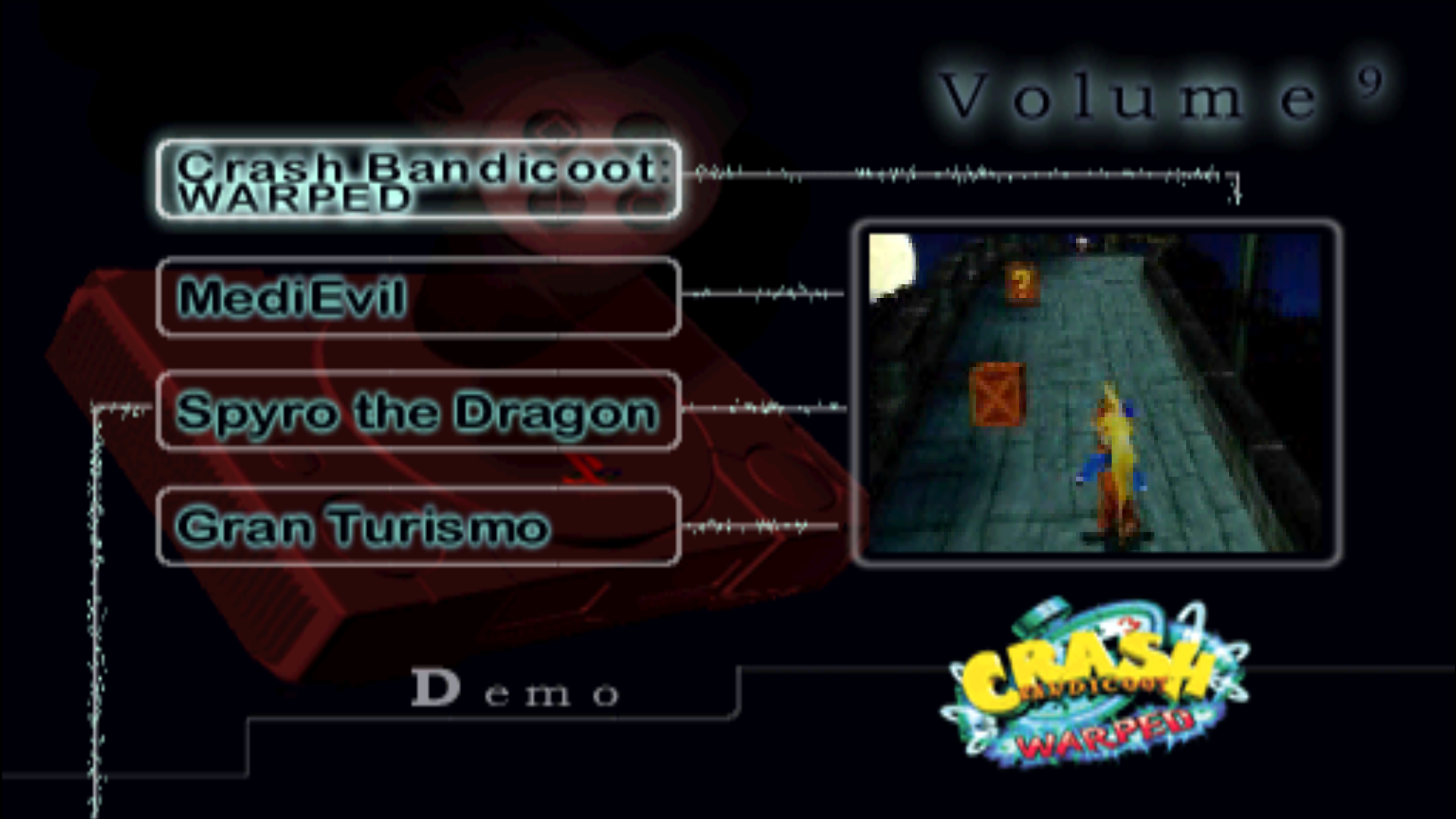It's incredible to see how far media has evolved over the past three decades when the internet had made situations like these a possibility. There had been very unique ways involving the internet in the past, with the Sega Dreamcast being one of the first major examples of having an online demo. I recall Sega Swirl, a game that was included in a trial disc for making the Dreamcast function with working internet and online play. Of course, being a young child I wasn't sure what "online multiplayer" was nor how to access it. Bonus points for me for having dial-up at the time. I was already choosing between having our landline open and having internet for homework so I wasn't going to ruin my experience with consoles and the internet.
Right now, it's easy for anyone to look up their favorite ongoing title and inquire if there are any existing "embargo preview" dates or even a beta to try out. The difference between demo betas and something like Early Access is that the former is free of charge while the latter isn't. Demos, alphas, and betas are great ways to provide two results. The first result is to give a player and fan a taste of a new title long before it releases while the second result is to become acquainted with the source hands-on. In the past, there was only a handful of ways players could ensure they were trying something new for the price of a gaming magazine, another game in itself, or sometimes even pizza.
One of the most common ways I found out about a number of games growing up was through what I liked to call "demo discs." Sometimes they were called samplers, or in the PlayStation Underground days, Jampacks. These game discs consist of several titles, with some being playable and others being trailers. During the PlayStation 2 era, certain demo discs even included save data and other tips and tricks, taking advantage of the DVD technology which trumped CD-ROMs. During a console's release, most players would be lucky to find a sampler bundled with the platform, giving players a taste of the games available on the console's launch or within the next few weeks.
The Sony PlayStation was the first video game console I owned back in 1998 and it came with one of the most important games I've ever owned and will ever own. The uniquely titled Interactive CD Sampler Pack Volume 9 was released during the 1998 holidays and looking back at its lineup of games, anyone who started playing video games at this time would share the same sentiment. Here were the list of playable demos on the CD Sampler and for extra fun, I'll put them in order starting with the game that impacted me the most.
- Gran Turismo
- Crash Bandicoot 3: Warped
- Spyro The Dragon
- Metal Gear Solid
- Bust A Move 4
- MediEvil
- Rally Cross 2
- Tomb Raider 3: Adventures Of Lara Croft
- Wild 9
- A Bug's Life
- NFL GameDay '99
- NHL FaceOff 99



Twelve titles on a single disc were nothing to turn your nose at, especially as someone who just recently turned six. What people may see as "twelve 10-minute demos" I saw as "Twelve games that I can say I've played" that I eventually owned. While the Sampler Pack Volume 9 remains a cherished piece of video game history, I would later find that magazines were another place to find demo discs. Specifically, the Official U.S. PlayStation Magazine, which up until the end of its run, almost always featured playable demos.
From the PlayStation 1 to the PlayStation 2, this magazine along with renting video games from Blockbuster (I'm positive there are readers who may not know what that is...) were two of the main methods of discovering new titles. I wouldn't be able to play every single title, of course, as demos only show but a single level or "the first five minutes" of gameplay. However, there are names that would live in my memory when I eventually check them out and feature them. I wouldn't have ever jumped into the rabbit hole that was Shaun Palmer's Pro Snowboarder and its connections to the Cool Boarders series were it not for these demos.

This leads me to the final way I experienced demos although this was uncommon---within the games themselves. Certain games, especially popular with the Neversoft titles, had demos hidden within full games. These were either tucked away in an Options menu or hidden with a specific code. Back then, these game demos were usually published by the main title's publishers. Like most methods of playing demos, however, players usually don't see "demos in full games" anymore. If it's the example of Homefront The Revolution, sometimes they're entire games!
With many games relying on demos and betas to gauge public interest as well as having semi-real-time analytics thanks to Discord communities, accessibility in video games had never been better before. Next weekend, Capcom will provide an open beta for Street Fighter 6 and I can't help but think that it's a form of apology for what we were given a few days ago. Regardless of the quantity of content, game demos remain the backbone of video games as without them, the general public wouldn't be able to determine if a game is right for them. There are many hidden gems with available playable demos, so try one out today via your game store of choice.


